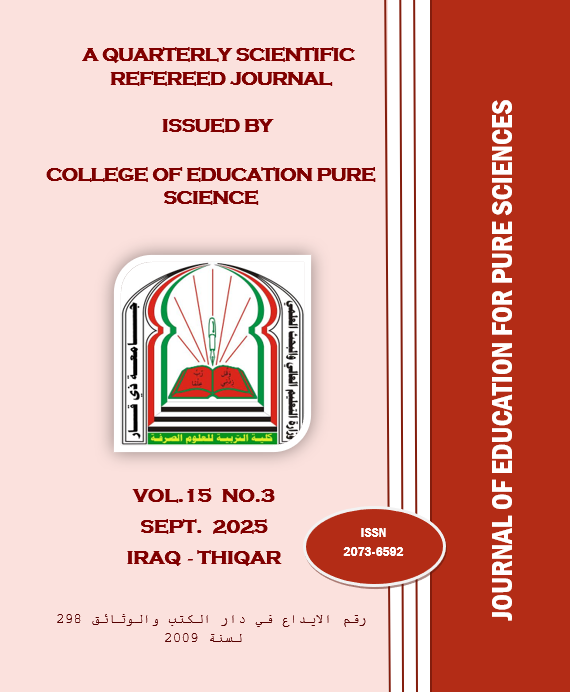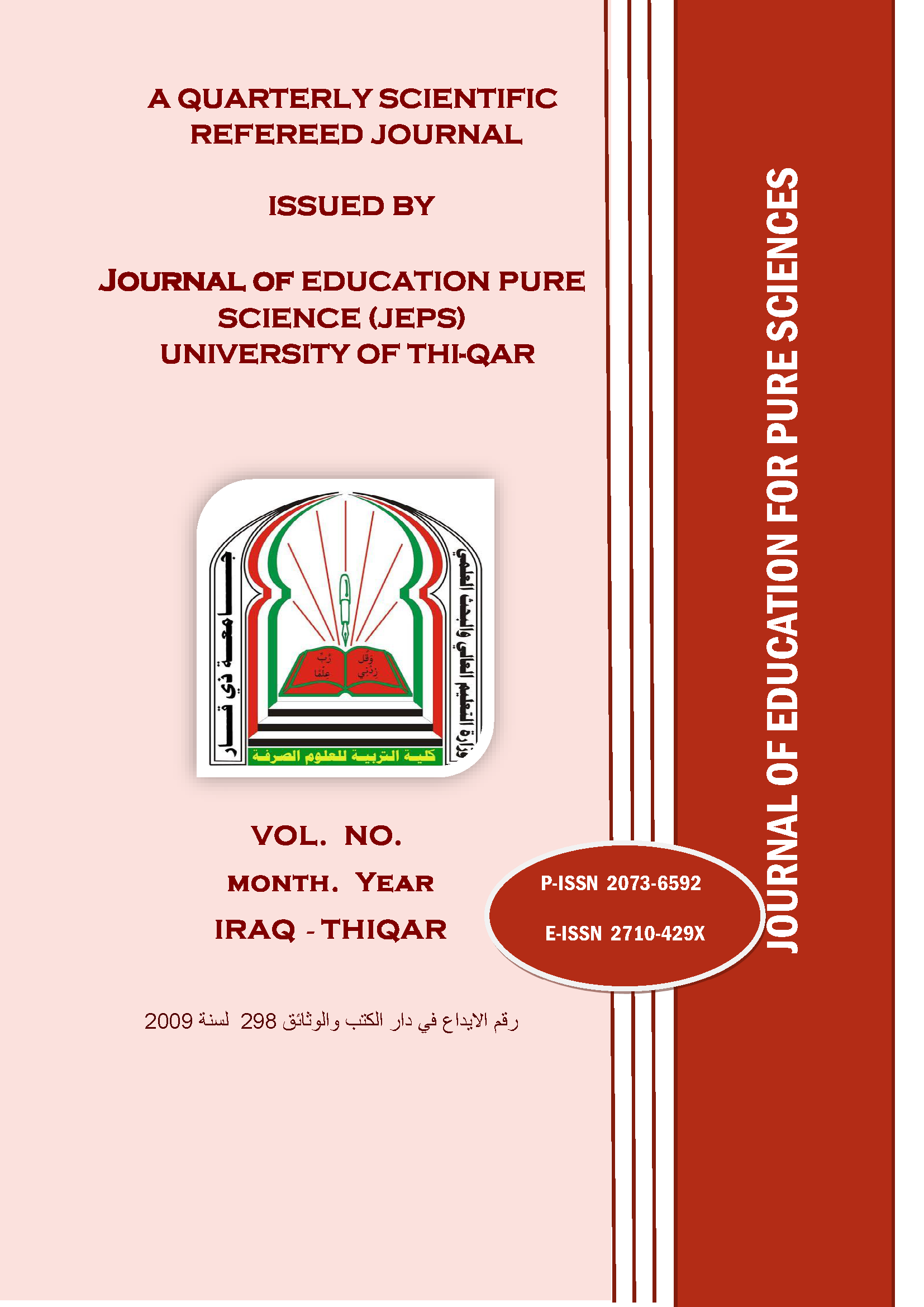An efficient Network Anomaly detection based on PSO-Based Wrapper Feature Selection method and Bagging Technique
DOI:
https://doi.org/10.32792/jeps.v15i3.688Keywords:
Particle Swarm Optimization, Bagging technique, Machine learningAbstract
The current high demand for internet usage has led to an increased rate of attacks in different networks, which is a major concern for cybersecurity. To complement cloud computing, fog-computing offers low-latency services to cloud and moving users. However, fog devices might face security-related challenges regarding their adjacency to end users and insufficient computational power. Moreover, most common network threats may lead to the compromise of fog computing systems. Despite extensive research on applying intrusion detection systems (IDS) in traditional networks, it may not be appropriate to immediately apply them to the fog-computing. Developing efficient intrusion detection system that can handle massive databases is important in fog computing, as fog nodes generate large volumes of data. To combat network attacks, intrusion detection systems (IDS) could be deployed in fog computing, which use (ML) machine learning methods to detect network anomalies and classify threat events, proving to be effective and efficient. The present research presents a novel approach based on Particle Swarm Optimization (PSO) and Wrapper-Based feature selection and also Bagging technique for detecting intrusion in a fog-environment, using the Knowledge Discovery Dataset from Security Laboratory (NSL-KDD). This approach reduces time complexity and produces a more accurate model for outcome prediction. The outcomes demonstrate that the presented methodology outperforms related methods from related literature, achieving an overall 98.99% accuracy and 1.5% (FP) false positive rate.
Downloads
Published
Issue
Section
License
Copyright (c) 2025 Journal of Education for Pure Science

This work is licensed under a Creative Commons Attribution-NonCommercial-NoDerivatives 4.0 International License.
The Authors understand that, the copyright of the articles shall be assigned to Journal of education for Pure Science (JEPS), University of Thi-Qar as publisher of the journal.
Copyright encompasses exclusive rights to reproduce and deliver the article in all form and media, including reprints, photographs, microfilms and any other similar reproductions, as well as translations. The reproduction of any part of this journal, its storage in databases and its transmission by any form or media, such as electronic, electrostatic and mechanical copies, photocopies, recordings, magnetic media, etc. , will be allowed only with a written permission from Journal of education for Pure Science (JEPS), University of Thi-Qar.
Journal of education for Pure Science (JEPS), University of Thi-Qar, the Editors and the Advisory International Editorial Board make every effort to ensure that no wrong or misleading data, opinions or statements be published in the journal. In any way, the contents of the articles and advertisements published in the Journal of education for Pure Science (JEPS), University of Thi-Qar are sole and exclusive responsibility of their respective authors and advertisers.





